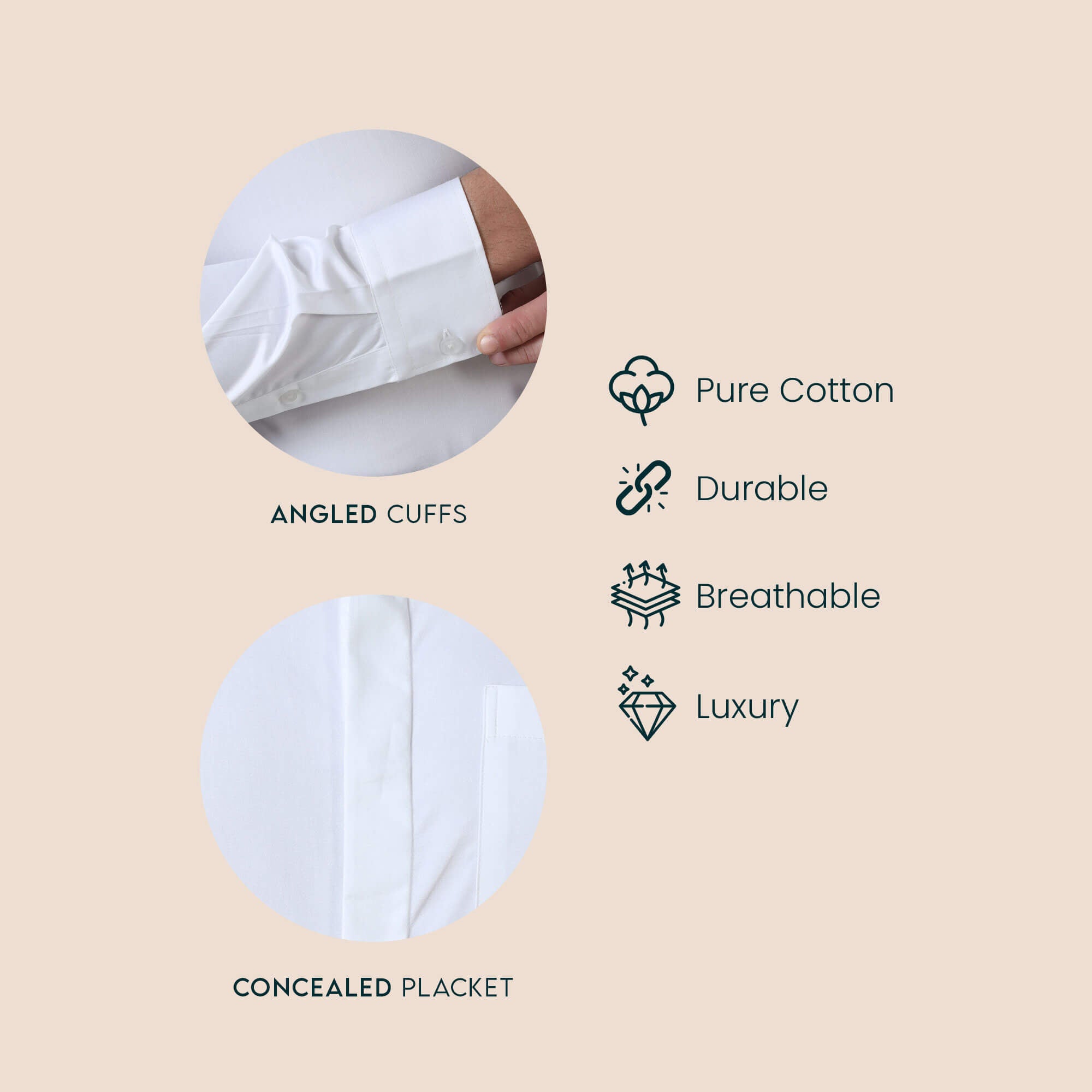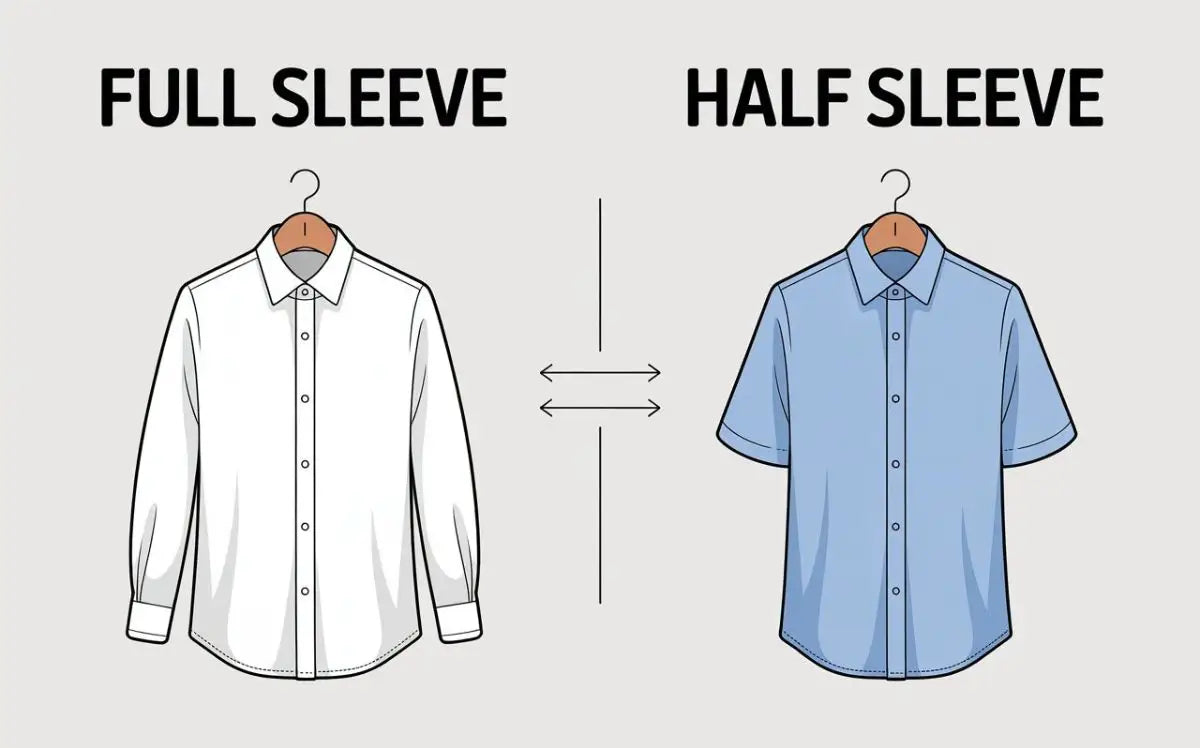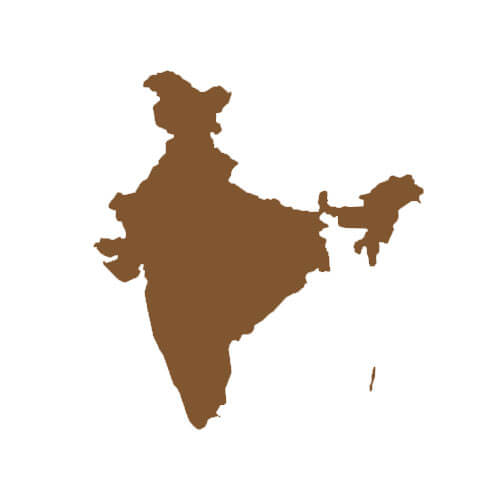Impact of Fast Fashion on Our Water Bodies and Marine Life
Let’s get real folks. We know fast fashion harms the planet - what with it being the third most polluting industry globally. We produce over 100 billion clothes annually on the planet for a population of 8.1 billion people.
That’s approximately 12 billion clothes per person, and we know not everyone has the same amount of clothing or even enough clothing. This can mean only one thing: Other than the pieces being hoarded by some of us, a significant portion of all the clothes manufactured ends up in landfills or in the Global South as a dump.
Fast fashion is not just an environmental issue, it is also a social inequity issue. However, when we talk about how this industry is not in alignment with mindful living or spiritual fulfillment theories, we often skip paying attention to one of the most critical adverse impacts of the use and throw approach towards clothes based on trend jumping exerts.
And that is the effect on the marine world - our fresh water and ground water reserves. Our oceans that are teeming with life.
Today, we at The Formal Club, bring to you the impact fast fashion has on the world’s water - from the fresh 1% to the seawater we cannot consume - and all the creatures that call this water home.
Impact of Fast Fashion on Rivers
Well, to begin with, let’s take a look at this statistic: Fast fashion is the second largest consumer of water, using over 93 billion cubic meters. From cotton requiring immense amounts of water, leading to entire seas getting drained, to the use of pesticides and fertilizers in conventional cotton farming, such chemicals that enter rivers and lakes and pollute them, just the procurement of the materials that boost fast fashion wreaks havoc on water bodies.
There are also toxins such as lead, arsenic, and benzene that are released during the production of many fibers used in fast fashion. Add to this the microplastics, fabric dyes, and treatment contaminants released from synthetic fabrics when they are washed. And let’s not forget that water from these rivers and lakes is used to irrigate our fields, alarmingly increasing the possibility of carcinogens in our food.
Moreover, it’s not just the planet’s surface water that is in danger. There is also the…
Impact of Fast Fashion on Ground and Surface Water
Fast fashion - one of the biggest drivers of fresh water withdrawal - leads to tremendous resource depletion. Add to this the microplastics and chemicals from fossil fuel-derived and polyester-based clothing that leech into our soil and groundwater, and these life-giving water resources are turned toxic for us humans.
Are profit margins and seasonal trends really worth harming our planet in the long run? If we sold these items with appropriate warnings and suggestions on how to use them sustainably, we would have had some justification, like we do with the cotton shirts at The Formal Club, which despite having a considerable water footprint are suitable for India’s weather and are made to last, meaning they can be used for a long time, thus reducing their impact.
But alas, no. We as a society have decided that clothes, despite their impact on the environment, are used and thrown items for the most part.
And we haven’t even discussed the impact on marine life yet…
Impact of Fast Fashion on Seas and Oceans
HeaLabel talks about most fabrics and their impact on marine life. And the truth remains that most synthetic fabrics are toxic to life forms that live in our oceans because of microplastics. Unsustainable modes of production such as using too much fertilizers or soil-depleting monocultures can affect ecosystems, in turn harming animal life, sometimes even including those in the oceans.
And of course, not all fabrics are plant-based/low-impact or have sustainable supply chains; they can’t help but affect terrestrial and possibly marine animals. All this? Without even looking at the impact of chemical dyes?
We are not trying to scare you or call shopping evil. We are, instead, urging that we all cast a mindful look at the clothes we buy and wear. It's about time we acknowledged clothes cost us something more than money. They sometimes cost our planet’s health.
When manufacturing and purchasing them, it is important that we do a cost-value analysis that is inclusive of the bigger picture, as we, at The Formal Club, have started doing by reducing our polyester shirts and increasing the production of closed-loop TENCEL, ethical bamboo, linen, and Giza cotton shirts.
Also Read: Unravelling the Impact of The Formal Club’s TENCEL Shirts




































